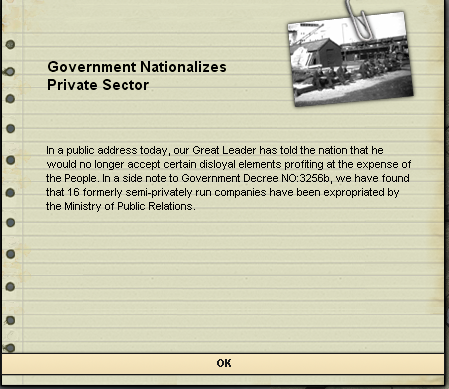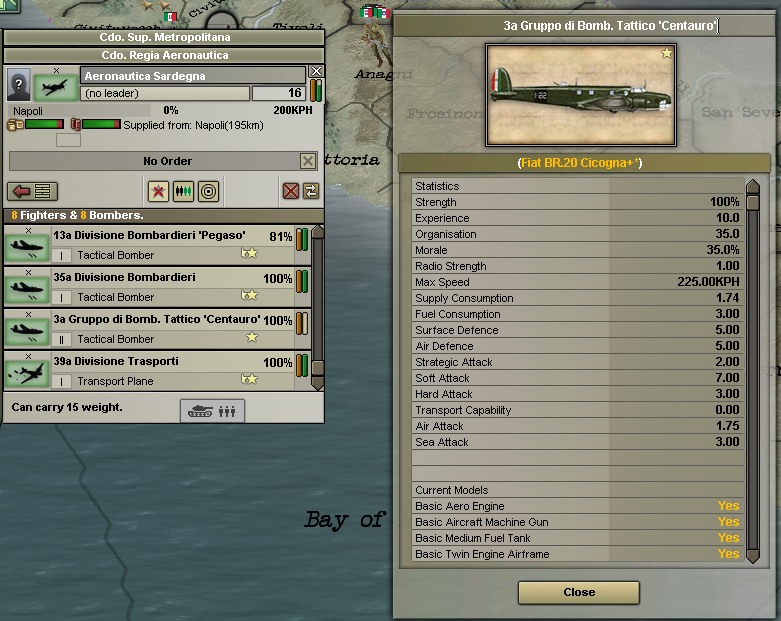PART 1
January 1st, 1936
The Italian state is a mess. The army is in disarray and the nation finds itself backwards when looking across its borders to Germany and France. Modern nations worth the envy they receive of Italians.
In a dark room, somewhere in Rome, Mussolini meets with his staff and advisors. The German Reich is rising and the Empire of Japan is growing. Already at war with Ethiopia, it is time for Italy to plot its course as well. Mussolini has ambitions of an Italian nation that stretches from Gibraltar to the Suez Canal and beyond. He calls for discussion among his cabinet of close advisors…
It is generally concluded that there will be no future without modernization. Industry, military, medicine, technology must all catch up to the rest of the world. The decision is made that initial progress will happen within the industrial sectors to provide a strong economic output moving forward, this includes the streamlining of manufacturing and production methods. Agriculture and education will also be on the agenda. Working hard is noble, but there is something to be said for working intelligently as well.
In regards to the military, Chief of Staff Francesco Grazioli outlines the plan for development. He explains the disaster that is the armed forces and argues the need for a total reorganization of the armed forces.
Italy is a nation surrounded by the Mediterranean Sea, and thus, is bound to it. Chief of Navy Domenico Cavagnari takes the floor and explains that Mahanian doctrine of control of the sea is critical if Italy wishes to expand and dominate. This appeals to a Mussolini bent on reestablishing “Mare Nostrum” and the glory of the Roman Empire. A major naval development program will begin without delay. The construction of new battleships will be the core of this. The 4 current battleships are badly outdated and most of the rest of our fleet is as well. Fortunately, our heavy cruisers on the other hand are quite modern.
The Italian air force is the only branch that is not a disgrace. Not only has it recently set numerous records for flight but has also retained a size and level of command that doesn’t place it as a national embarrassment. Nevertheless, an expansion here is also agreed upon. The waters around Italy are dotted with islands perfect for airfields, and a navy supported by a strong air force will be difficult to compete with.
The army itself will be forged into and retained as a small, professional fighting force. Alberto Pariani, Chief of Army, explains that while size can be impressive, maintaining a large force can also be a drain on a nation. The logistical networks of Italy are already strained and adding more manpower won’t necessarily add more fighting power. Small expansions will come when needed but the focus will be on the aerial and naval branches of the armed forces. The Italian army in its current form is lacking in most modern weaponry such as anti-tank guns and artillery. As well as tanks. The Germans are developing powerful armored columns while we continue to use horses. Poor training, poor weapons and poor leadership are rampant. These issues will be addressed with time.
Grazioli also explains that as a first step, Italian soil, lost in previous decades to Balkan states, must also be reclaimed and reincorporated. Yugoslavia and Albania will be the first targets of the military, and will be excellent grounds for trial of military tactics and hardware before we make demands of other neighbors.
Other orders of business are discussed. The Head of Intelligence, Cesare Ame, is replaced by Domenico Cavagnari to foster a stronger intelligence program.
A swift end to the fighting in Ethiopia is decided upon to focus on our home borders. The Africans can look after themselves with minimal interference from us. As long as the raw materials continue flowing…















